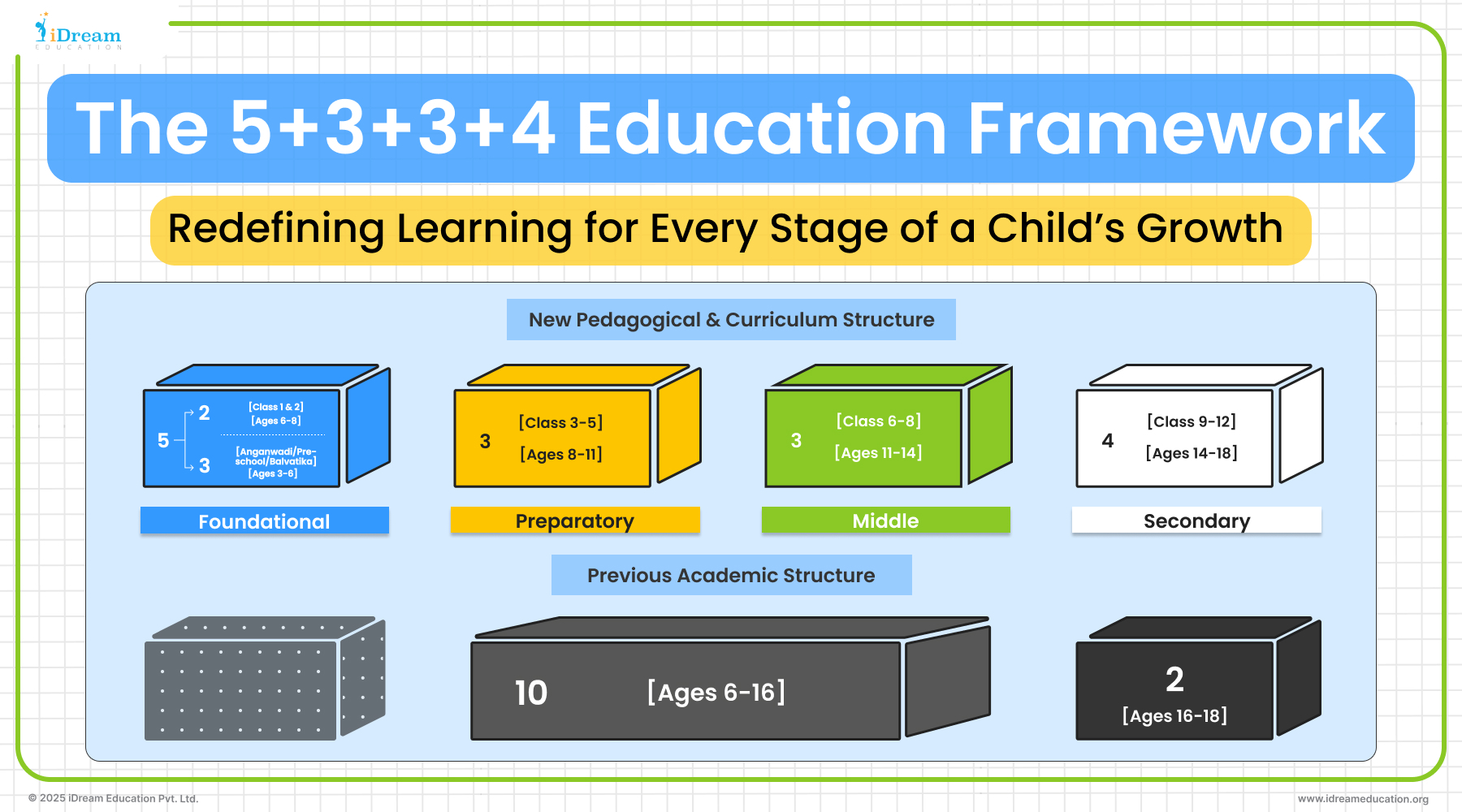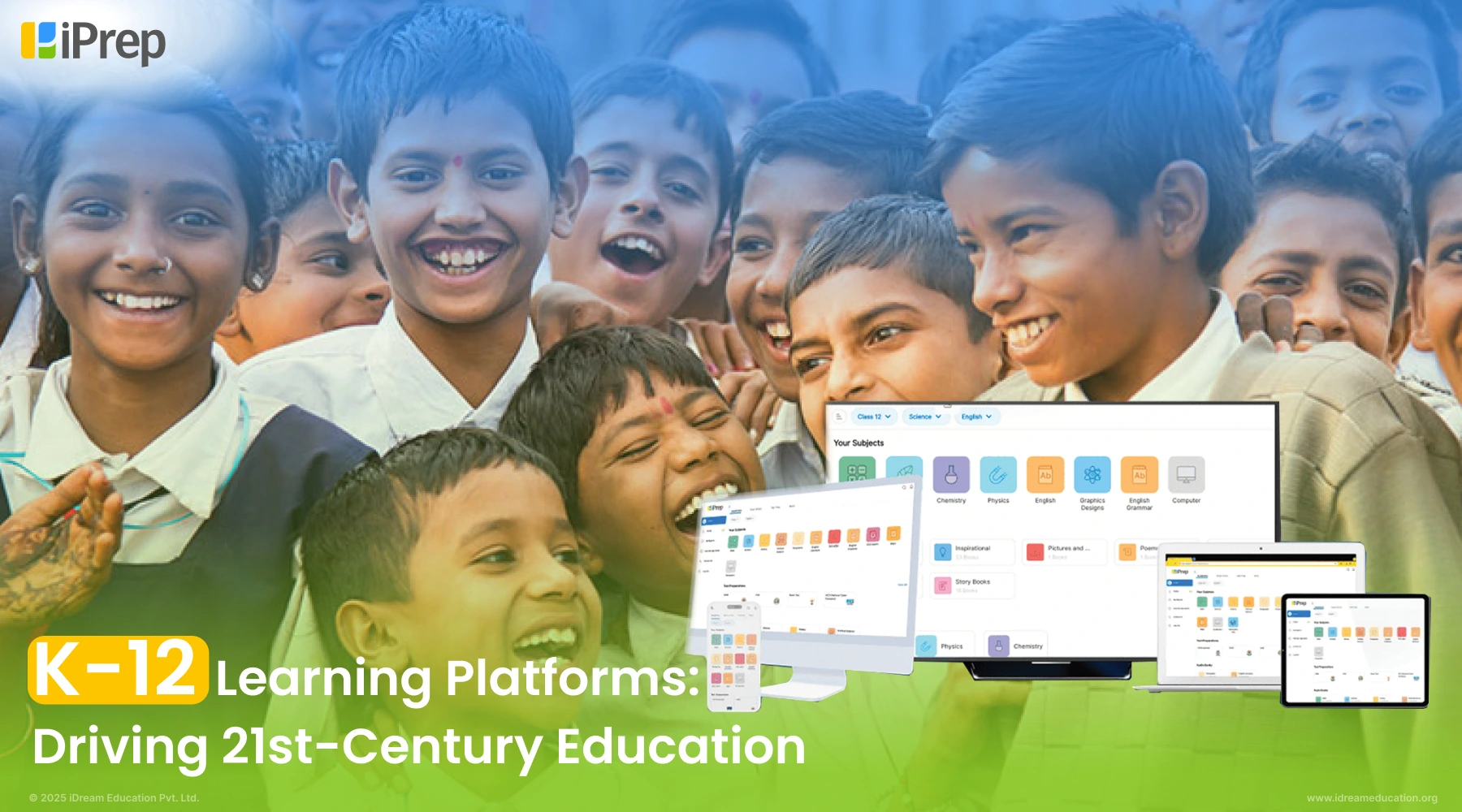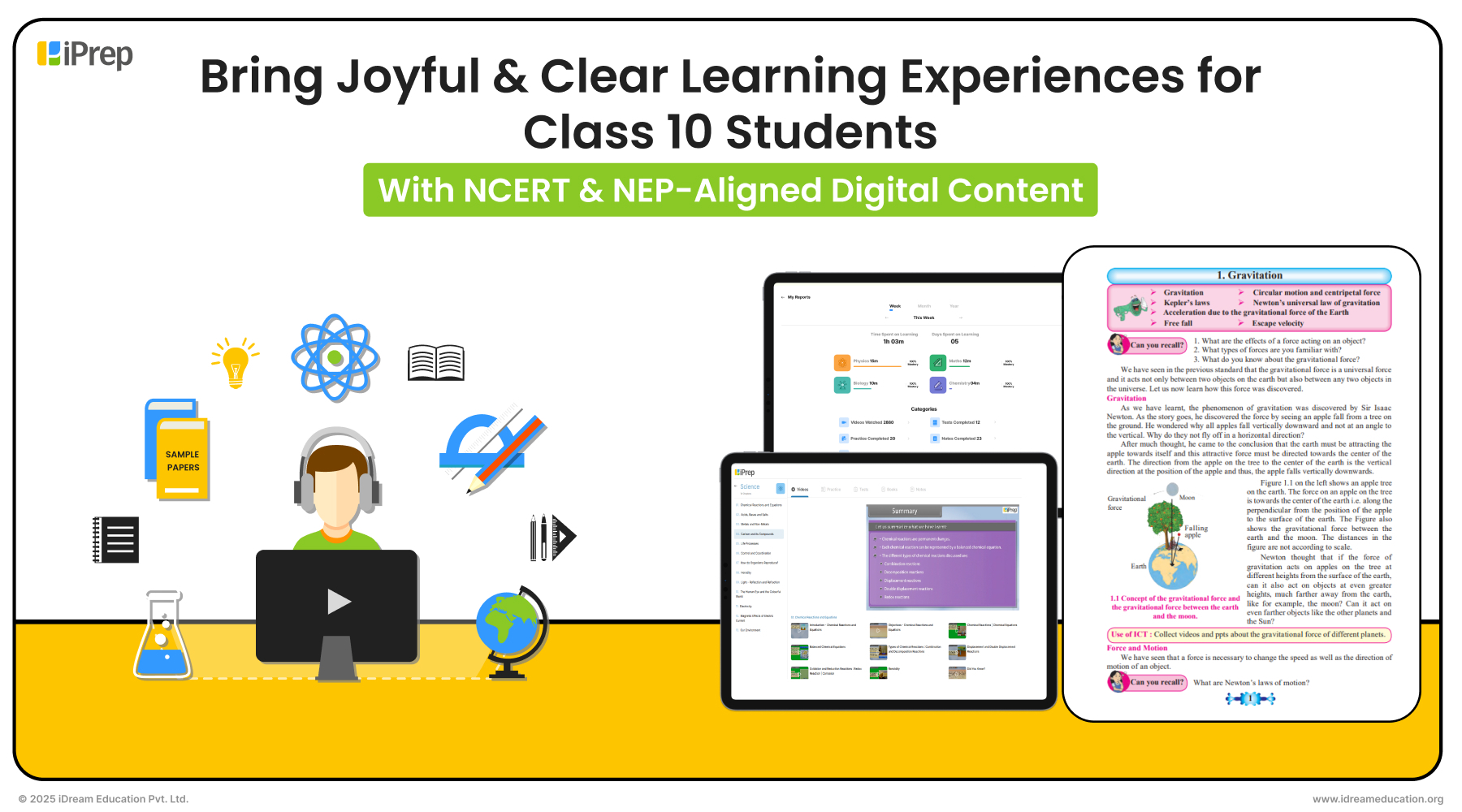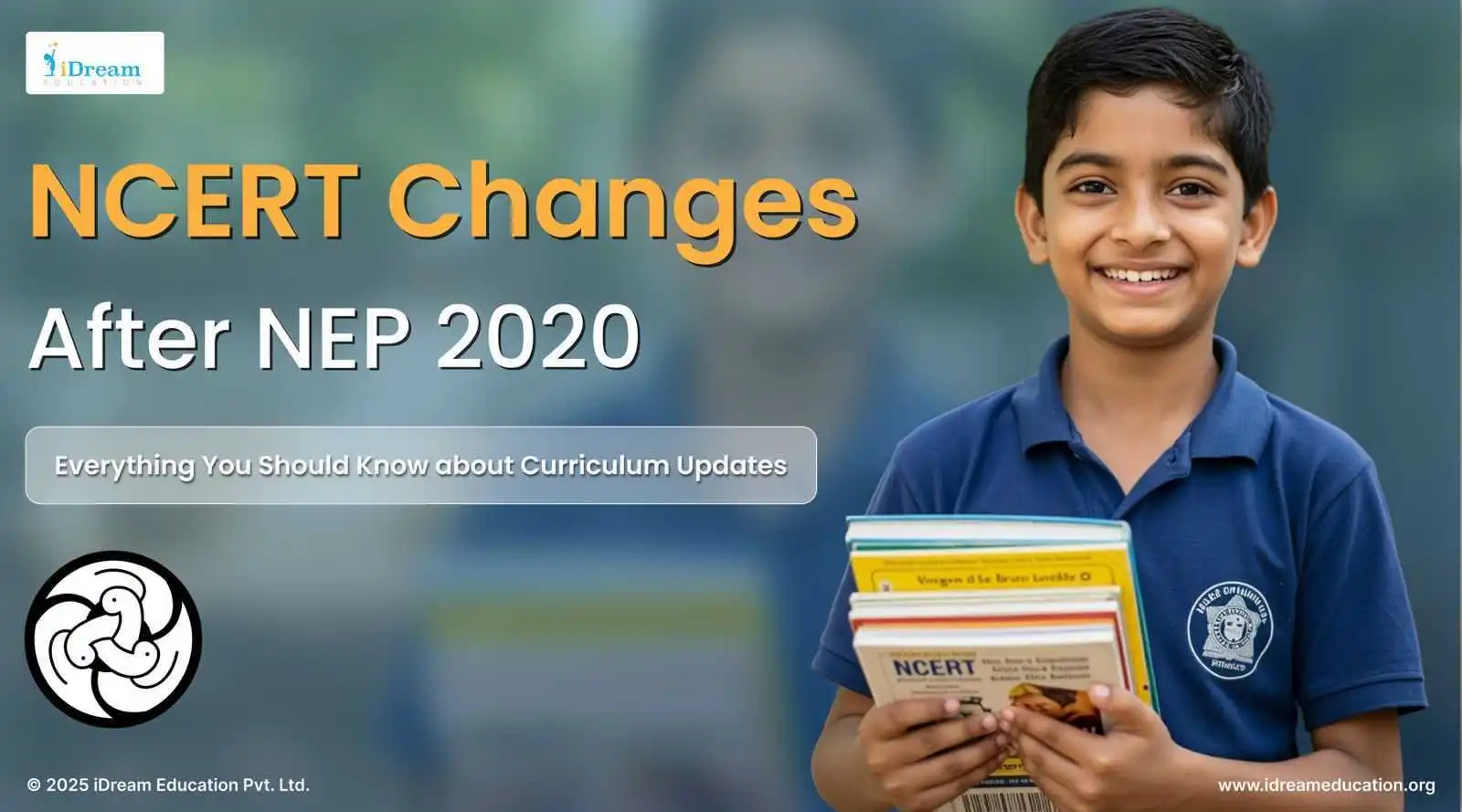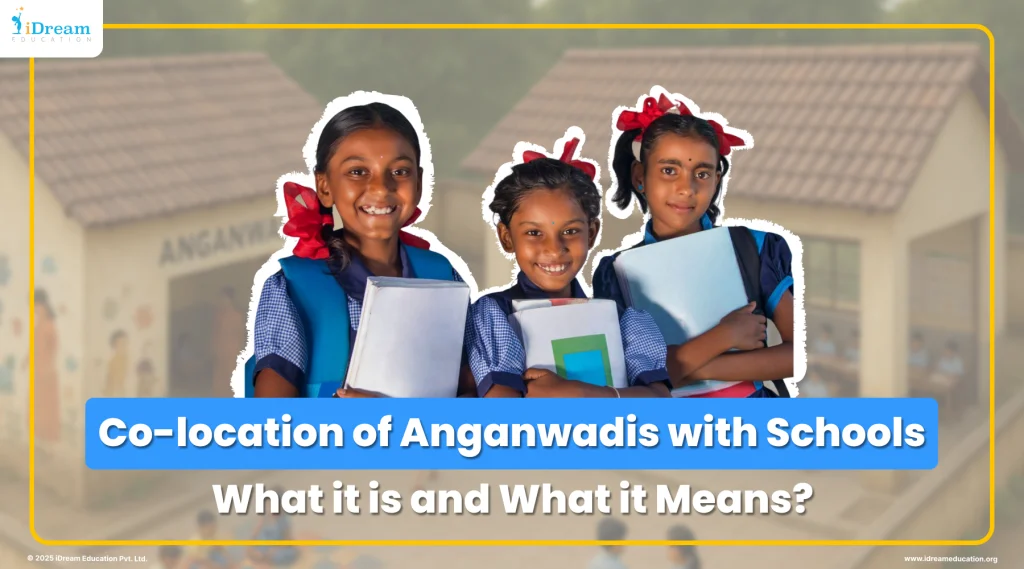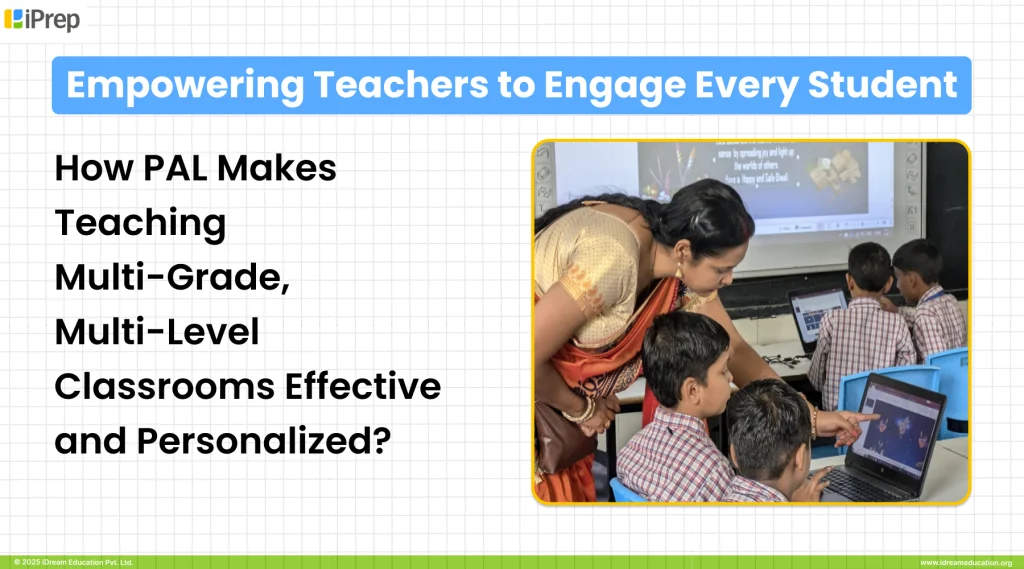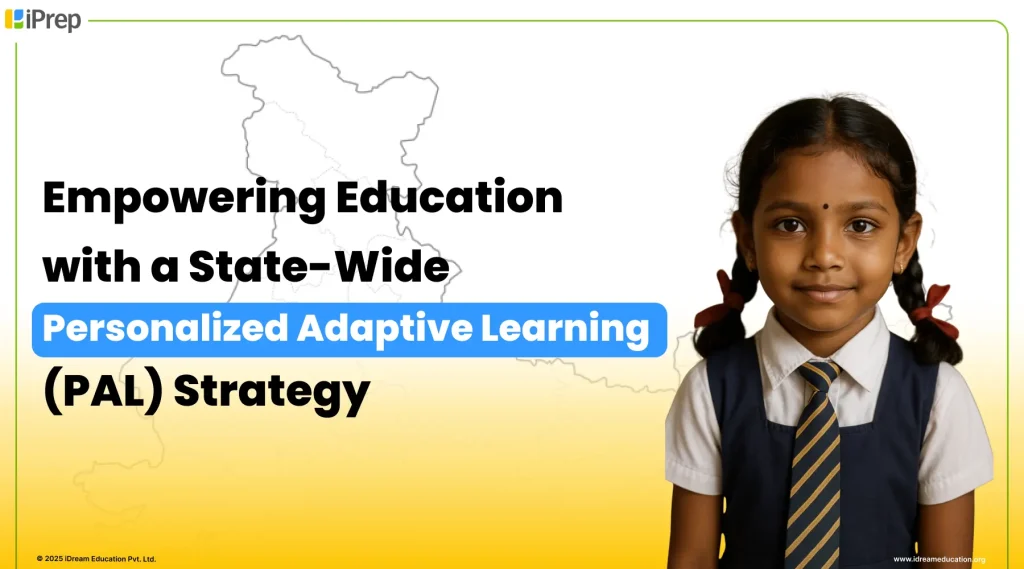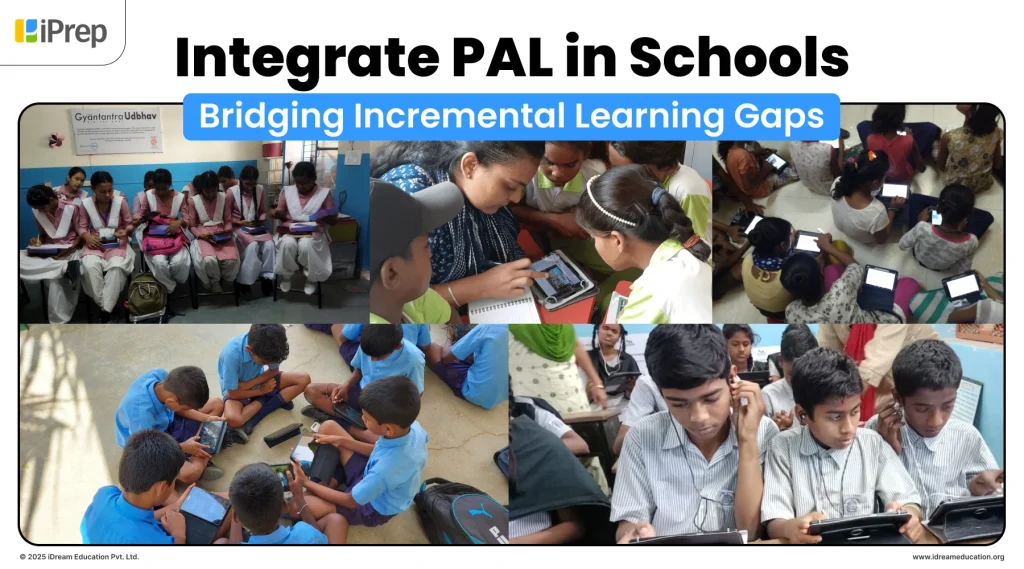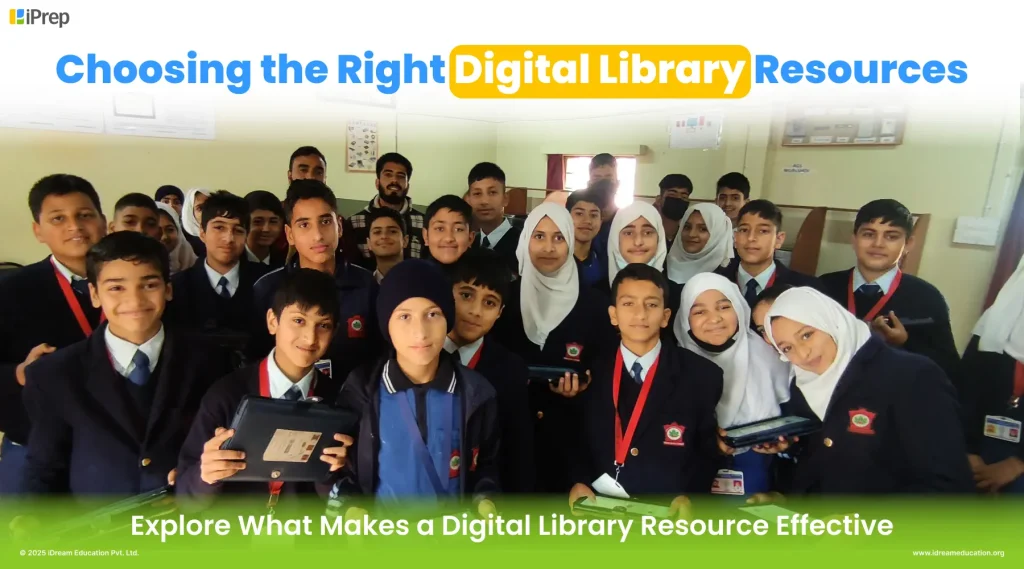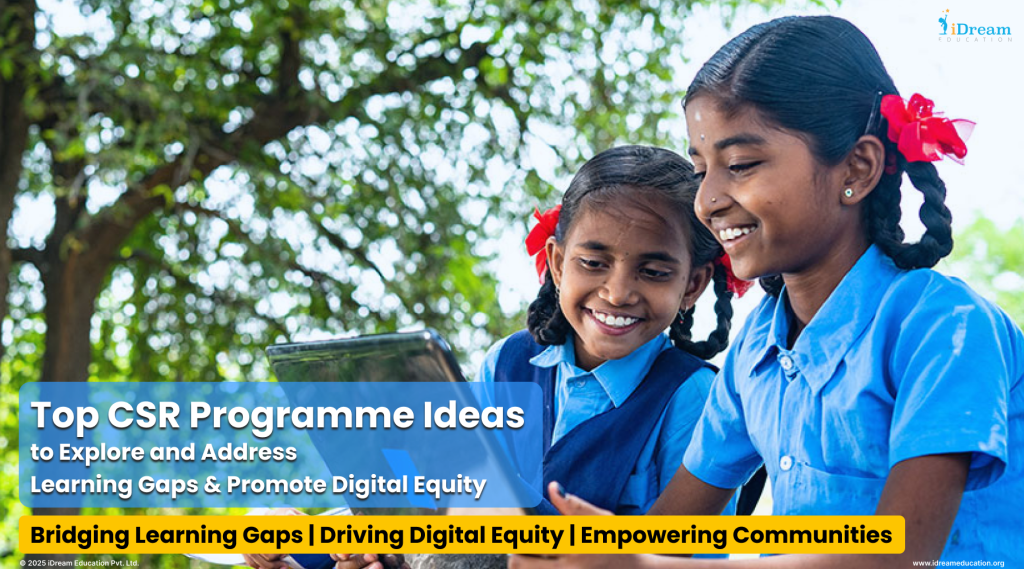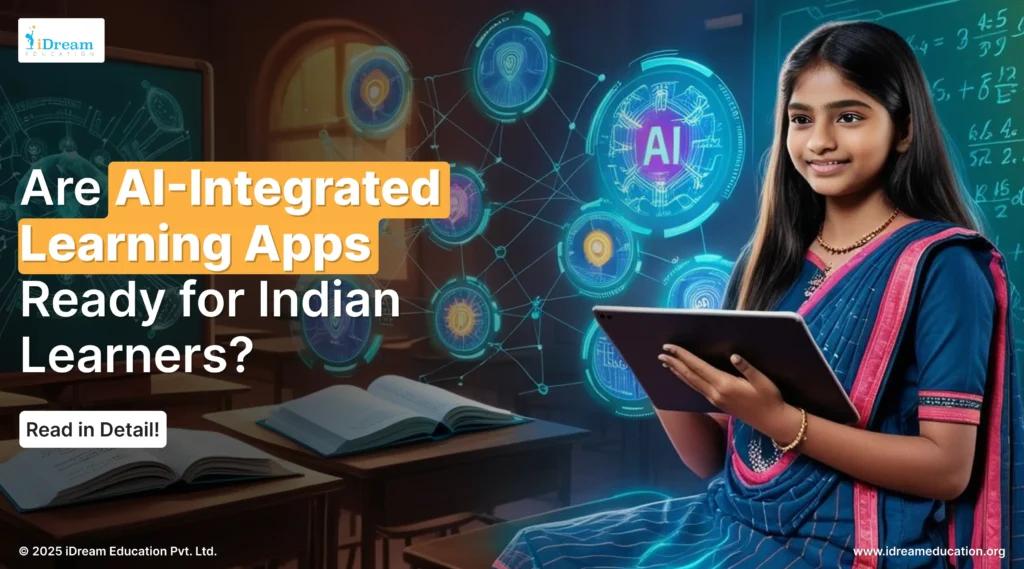
Kids today are naturally curious—constantly exploring, asking questions, and engaging with digital devices more than ever before. What’s striking is how quickly they’ve started turning to AI tools such as ChatGPT for answers, explanations, and even help with homework. It’s fascinating to witness, but it also prompts a deeper question:
As children increasingly turn to AI for seeking knowledge, can AI-integrated learning apps truly meet the real needs of Indian learners?
As we move through 2025, AI in education is more than a trend. It’s a buzzword, a promise, and for many EdTech companies, a key selling point. From personalized practice questions to instant doubt-solving and even automated lesson planning for teachers, AI seems to be everywhere. But beyond the excitement, it’s time to pause and ask a more fundamental question:
Do these AI-integrated learning apps actively fulfill the competency requirements set by the Indian curriculum system?
Based on our recent conversations with partners working in the social sector, & our experience of building digital learning tools, we see that AI holds immense promise for education. However, to make AI truly meaningful and inclusive for Indian learners, two key challenges must be addressed. Tackling these challenges is essential to realizing AI’s full potential in the Indian education landscape.
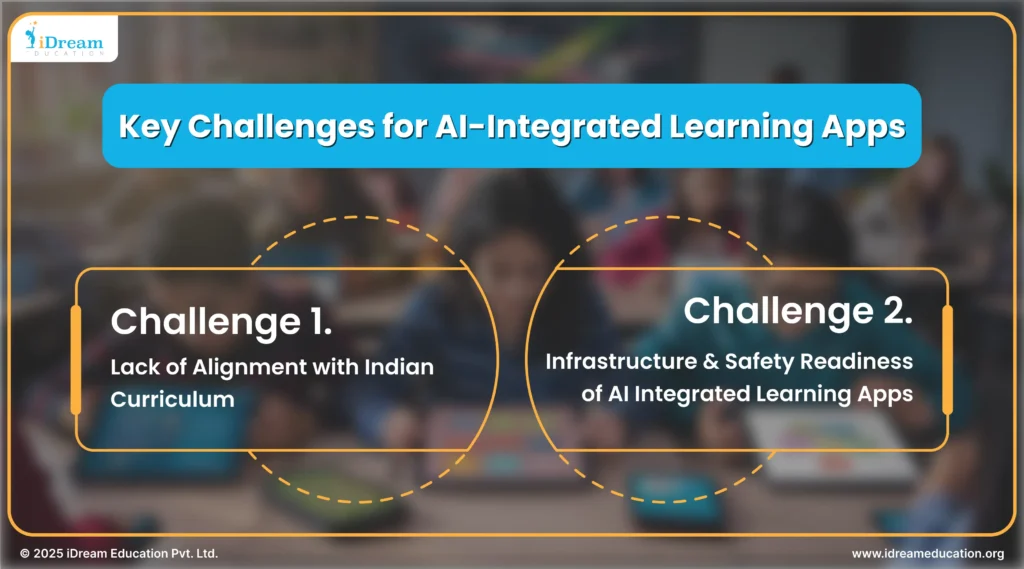
Challenge 1: Lack of Alignment with Indian Curriculum
Many learning apps claim to be “AI-powered,” but it’s important to dig deeper and ask: What kind of AI is being offered? Is it capable of enhancing learning outcomes, or is it simply a content generator? In one of our recent interactions, a partner asked us whether our app also had the kind of AI features many platforms are now advertising.” Our response was clear—and it’s one we believe every education leader should reflect on:
- AI-integrated learning apps can now generate content that appears aligned with Indian textbooks. However, this alignment alone does not guarantee effective learning. For AI to be genuinely useful in the context of the Indian curriculum, it must go beyond general educational content. We need to train and design it according to national and state competency frameworks.
- Learners in India – especially in government schools—need structured support. That means contextual questions, localised explanations, and guided learning that bridges gaps in understanding. AI-generated questions or random quizzes may look engaging, but if they are not curriculum-relevant or pedagogically sound, they risk becoming distractions rather than enablers.
- Moreover, the Indian curriculum system—CBSE, NCERT, and various state boards—emphasizes skill-based learning. AI systems that don’t map to those learning outcomes might miss the mark entirely.
Challenge 2: Infrastructure & Safety Readiness of AI Integrated Learning Apps
While internet penetration in India is improving, connectivity remains a major hurdle in many rural and remote regions. Even in semi-urban government schools, stable bandwidth, power supply, and reliable devices cannot be taken for granted. In such scenarios, an AI integrated learning app that requires continuous internet connectivity may be impressive in theory but ineffective in practice. Hence, AI in education, especially for rural and low-resource settings, is still more of a ‘good-to-have’ than a ‘must-have’ until the infrastructure catches up.
- Another critical aspect is AI safety and digital literacy. As AI becomes more popular and accessible, there are currently no formal guidelines or frameworks in India on how AI should be used by school students. Without clear policies and guardrails, exposing young learners to AI can lead to risks ranging from misinformation to data privacy concerns, or even over-reliance on AI responses without critical thinking.
- With the experience of working closely with students for more than 8 years now, we believe just because students can interact with AI doesn’t mean they are ready to use it responsibly. This is where digital literacy, teacher support, and well-designed AI interfaces become essential. The responsibility lies with EdTech companies and school leaders to ensure that AI tools don’t just work, but also work ethically and safely.
What Should You Look For in an AI Learning App?
When you come across an “AI-integrated Learning app,” we recommend looking beyond the buzz. Here are a few key things to check:
- Is the content aligned with the Indian curriculum (CBSE, NCERT, and state boards)?
- Does the AI enhance learning outcomes or just automate tasks?
- Is the app usable offline or in low-bandwidth areas?
- Are there any safety mechanisms in place for student data and usage?
We should continue focusing on strengthening digital access through tools that are already curriculum-aligned, offline-capable, and teacher-supportive. While, the focus must remain until AI in education becomes more structured and reliable.
Way Forward
As awareness grows and digital infrastructure improves, AI can absolutely transform how Indian students learn. It has the potential to make education more personalized, engaging, and effective. But for that to happen, we need to build AI thoughtfully—grounded in India’s educational needs, mindful of local challenges, and inclusive of multiple languages and learning levels.
At iDream Education, we’re actively working on integrating AI into our learning app. But our focus is very clear: the AI must be trained on both national and state curriculum frameworks and should support Indian language needs. We’re also committed to designing every AI feature we introduce to work even in offline or low-bandwidth environments—so that no learner is left behind due to location or infrastructure.
So, let’s not rush. Let’s build and adopt learning apps that genuinely address the core needs of Indian learners. Look for an AI powered learning app that prepares our students responsibly for the AI-powered future we all envision.
If you’re an educator, policymaker, program manager, fellow edtech innovator or anyone from the education ecosystem and would like to discuss how to build AI responsibly for Indian learners, we’d be happy to connect, discuss and share our approach—and learn from yours too. You may contact us at +91 7678265039 or share your details here. You can also write to us share@idreameducation.org



